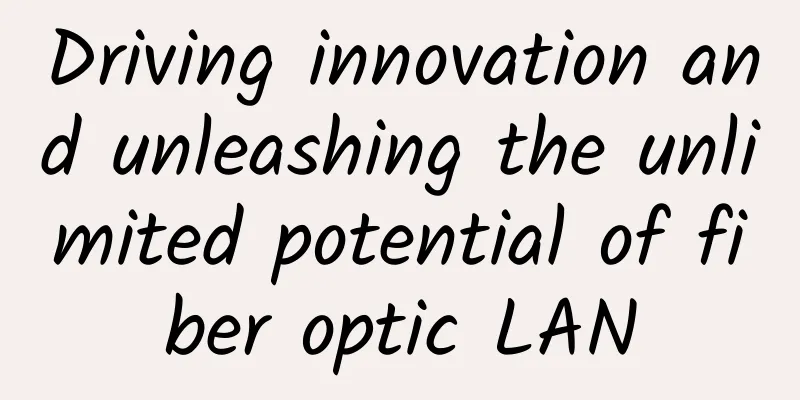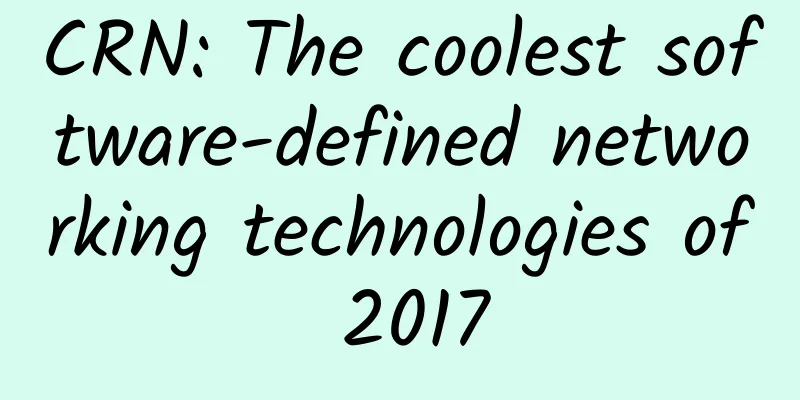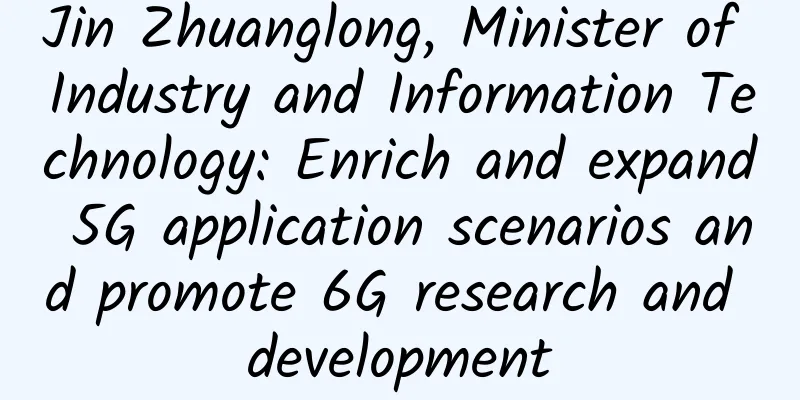Driving innovation and unleashing the unlimited potential of fiber optic LAN

|
It’s no secret that there are hard limits associated with network power, bandwidth, density, and coverage when connecting smart buildings and the Internet of Things (IoT). Electrical signals, whether transmitting power or data, are subject to physical limitations; in the past, we’ve only been able to overcome these limitations by making the transmission medium larger, more rigid, more difficult to use, shorter, and more expensive. These factors have had a significant negative impact on companies trying to achieve digital transformation and corporate sustainability goals. On the bright side, the past decade has ushered in advances in enterprise networks by prioritizing fiber cabling and leveraging passive optical network (PON) designs to optimize the underlying architecture for smart buildings, IoT, and sustainability initiatives. Fiber cabling has no known bandwidth capacity or connection density limitations. Enterprise-based passive optical local area networks (LANs) have proven to offer better scalability, security, stability, and sustainability than traditional indoor networks. In terms of reach, these passive networks can provide Ethernet connectivity up to 12 miles over a reliable infrastructure, without the need for power and with limited human contact. Until now, power challenges have proven more difficult to overcome, especially those associated with smart building and IoT connectivity requirements. However, with continued innovation in powering methods for enterprise connectivity, the benefits of fiber LANs can now be fully optimized [as shown in Figure 1]. These new, forward-thinking powering methods, such as Power over Ethernet, Class 2 remote powering, Class 4 pulsed power, and direct current (DC) microgrids, can be used to achieve scalability, freeing the constraints of passive optical LANs. Driving innovation and unleashing the unlimited potential of fiber optic LAN Figure 1: Passive optical LAN connecting Ethernet endpoints 12 miles apart Power over Ethernet (PoE) allows network cables to carry electrical power, enabling devices such as smart buildings and IoT devices to be powered and connected over the same Ethernet cable. This eliminates the need for a separate power cord, simplifies installation and reduces costs. First came the PoE standard (IEEE 802.3af), which allowed for 15.4 watts of power, followed by the PoE+ standard (IEEE 802.3at), which provides up to 30 watts of power to a powered device (PD). The latest PoE standard (IEEE 802.3bt) provides up to 60 watts of power (Class 3) or 90 watts of power (Class 4) to a PD. PoE is an effective way to power and connect PDs, but its range is limited by the distance that Ethernet signals can travel (300 feet). Fiber LAN architectures help extend the reach of PoE because Ethernet ports on optical-to-electrical media converters, called optical network terminals (ONTs), typically support all versions of PoE. PoE-enabled ONTs can provide these different levels of more manageable PD power (e.g., 15W, 30W, 60W, 90W) over passive network connections up to 12 miles. PoE over fiber LANs improves power delivery by 13% by shortening the transmission distance of PoE and using shorter CATx patch cords between the ONT and PD. Remote power systems can be distributed or centralized in design. Distributed remote power supplies are typically located in regional distribution boxes and can be powered from the DC power supply in the main data room. Centralized remote power supplies are integrated in the main data room, where local power distribution units power the PDs. Their DC voltage range is 48V to 54V. Depending on the copper wire gauge used and the wattage required, these systems can extend the reach of a fiber LAN ONT from 300 feet to 2000 feet [as shown in Figure 2]. Driving innovation and unleashing the unlimited potential of fiber optic LAN Figure 2: Using Class 2 optical LAN to connect an ONT 2000 feet away Class 4 power supply systemClass 4, also known as Fault Managed Power (FMP), is the latest power supply technology defined by standards established by NEC. It can safely deliver higher voltages better than other class circuits because they have added protection measures for monitoring and fault management. In addition, Class 4 has a wider coverage range because it can safely and reliably power devices such as sensors, cameras, wireless access points, fiber LAN ONTs, and other long-distance IoT devices. The innovation of the Class 4 FMP is its safe-to-touch and intelligent pulsed power that delivers energy over time. This is accomplished by using a specialized power supply that delivers energy in short pulses, typically less than one millisecond in duration. These energy pulses work in conjunction with voltage limiting (450 VDC line-to-line or 225 VDC line-to-ground) and power shutoff (within 5 seconds of a fault) based on detection of a fault condition, such as contact with human skin. Class 4 FMP power delivery is an important technology for modern connectivity because it provides a safe and reliable way to power high-energy devices over longer distances. In addition, these systems can help minimize IoT network copper cabling and overall power consumption, making them an important technology for sustainable and energy-efficient buildings. Even better, these Class 4 power delivery systems can deliver up to 600W per copper pair at a distance of 6,500 feet, such as a fiber LAN ONT located a mile away through passive network infrastructure [as shown in the figure below]. Driving innovation and unleashing the unlimited potential of fiber optic LAN Figure 3: Powering the ONT , Class 4 optical LAN up to 6500 feet DC Microgrid DC microgrids are an effective way to power smart buildings and IoT networks, with advantages such as energy efficiency, scalability, and flexibility to integrate with renewable energy sources, which are perfectly aligned with optical LAN properties. Another advantage of DC microgrids is that they can be easily integrated with renewable energy sources such as solar panels and wind turbines that generate DC electricity. This makes them ideal for sustainable and energy-efficient modern buildings. DC microgrids can have different configurations, such as centralized, decentralized, or hybrid. In a centralized configuration, a single DC power source powers all devices in the network. In a decentralized configuration, each device is equipped with its own DC power source, such as a battery or solar panel. A hybrid configuration combines centralized and decentralized systems to achieve the advantages of both. DC microgrids are an effective way to power smart buildings and IoT networks, with advantages such as energy efficiency, scalability, and flexibility to integrate with renewable energy, which are well aligned with the properties of optical LANs. LANs reduce network attack surfaces by significantly reducing the number of full-featured switches, user management access ports, IP addresses, IT personnel contacts, door locks, and telecommunications rooms, resulting in greater network uptime for fiber LANs. This is because optical LANs use passive optical splitters instead of active components, which reduces the risk of network downtime. Another advantage of fiber LANs is that they require less human contact to operate. Since human error is the most common cause of network outages, fiber LANs can provide a more reliable network while requiring less IT and network personnel. The move toward fiber optics and the limitations of copper cabling is more environmentally friendly than traditional networks. Fiber LANs require fewer power-hungry components than traditional copper-based networks, resulting in significantly lower energy consumption and a smaller carbon footprint. Additionally, fiber optic cables are more durable and last longer than copper cables, reducing the need for replacement and creating less waste. All of this helps businesses achieve net zero goals more easily. In summary, optical LANs offer several advantages over traditional copper-based LANs in connecting smart buildings and IoT devices using optical fiber. Fiber LANs are more secure due to the inherent security features of fiber optic cables, and the use of passive components minimizes the risk of unauthorized access or network downtime. Optical LANs can scale connection density, bandwidth capacity, and extend distances. Finally, optical LANs are more sustainable and environmentally friendly, requiring fewer power-hungry components and promoting efficient use of resources. As the demand for energy-efficient and sustainable buildings grows, PoE, Class 2 power, microgrids, Class 4 power, and passive optical LAN are likely to become increasingly important technologies for modern connectivity. In fact, building and campus-wide networks that leverage these technologies will gain the greatest benefits in terms of energy efficiency and sustainability. The perfect combination of these fiber cabling, optical LAN, and power system innovations will enable unfettered digital transformation, smart buildings, and IoT scalability in the future. Source: pipelinepub |
<<: Traditional Networks vs. IoT Networks: What’s the Difference?
>>: Power over Ethernet (PoE): A Sustainable Networking Solution for the 21st Century
Recommend
DAGW: Exploration and Practice of Data Aggregation Gateway
Business Background Bilibili is a video community...
To promote industrial upgrading, Ascend Academy Technology Open Day came to Shenzhen
On August 11, 2020, the DevRun Developer Salon As...
Wangsu Technology launches one-stop edge intelligence solution to lower AIGC application threshold
The new generation of intelligent technologies re...
How to identify fiber link problems?
Methods for Identifying Fiber Link Problems There...
You want to ask me about the application layer? I'll just talk to you about it.
Network applications are the reason for the exist...
Gartner Report: Enterprise Network Services Market Trends for SD-WAN and NFV
As SD-WAN and Internet adoption in enterprise WAN...
AI identification and root cause location of 5G wireless problems help improve network quality
Author: Zhang Zhe and Chen Juanjuan, unit: Hebei ...
Which unlimited package of the three major operators is more cost-effective? Detailed comparison
Starting from July 1 this year, China Mobile, Chi...
As the gateway integrator, this open source web application hosting tool is a magical tool!!!
introduce Today I would like to introduce an inte...
Ethernet spending suffers decline despite surging bandwidth demand
No one likes the word "recession", but ...
EtherNetservers: $12/year-1GB/30GB/2TB/2IP/Los Angeles & Jacksonville & New Jersey
EtherNetservers is a foreign VPS hosting company ...
CYUN: 20% off on all VPS, 50% off for old users, Hong Kong VPS monthly payment starts from 14.5 yuan
CYUN is a cloud computing service brand under Hon...
A brief tutorial on the Dig command
Hello everyone, I am Xianyu. I don’t know how oft...
Faced with the policy requirement of "speeding up and reducing fees", why don't operators respond in this way?
As the Internet becomes more popular, the intelli...
Home Wi-Fi Routers and Extenders Market to Reach $18 Billion by 2030
[[420910]] Market Introduction Market research fi...









